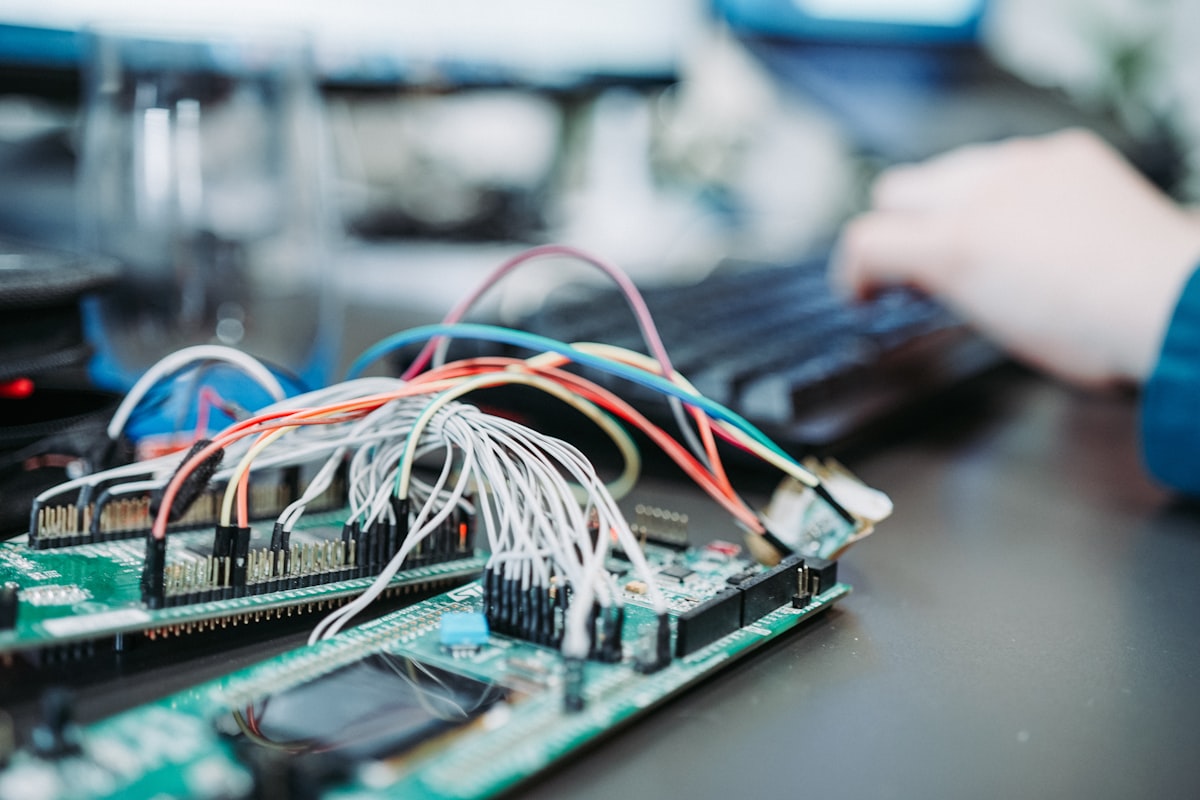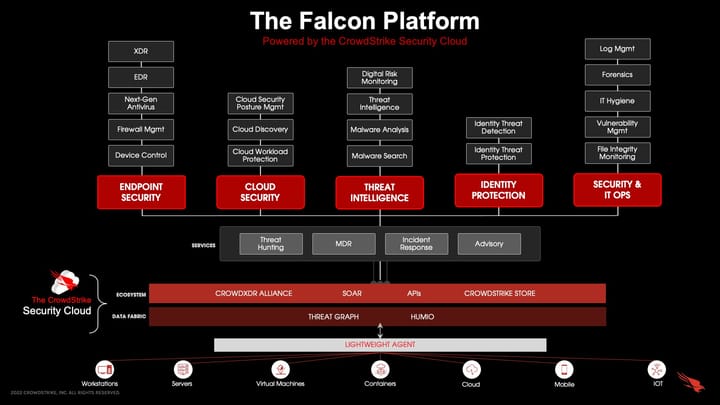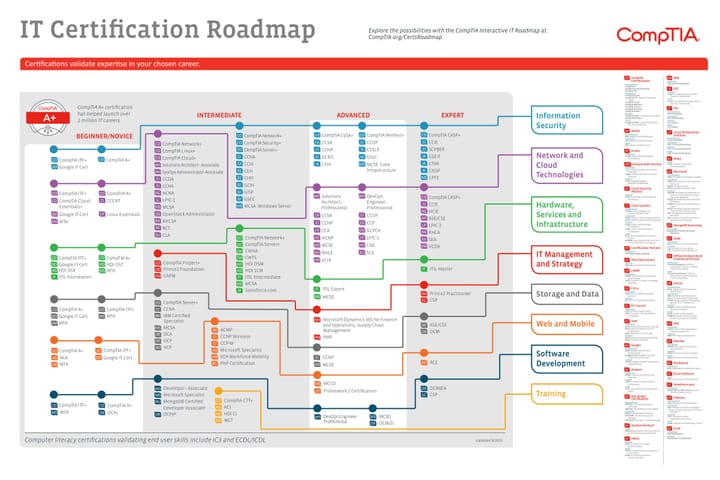Navigating the Maze: The Struggle to Secure IoT

In an age where your refrigerator can remind you to buy milk, your watch monitors your health more closely than a personal trainer, and your home security system can be managed from thousands of miles away with just a smartphone, the Internet of Things (IoT) has woven itself into the fabric of our daily lives. However, this rapid integration of technology into every facet of our personal and professional worlds has ushered in not just convenience and innovative solutions but also a host of security challenges that are as complex as they are critical.
The Growing Pains of IoT Security:
At the heart of the struggle to secure the IoT is its very nature. Designed to be interconnected and remotely accessible, IoT devices offer convenience but also open up new vulnerabilities. Here are some of the major challenges faced by individuals, corporations, and governments in securing these devices:
1. Diverse and Fragmented Ecosystem:
The IoT ecosystem is vast and varied, encompassing everything from simple sensors and smartwatches to complex industrial machines. This diversity, while a testament to the adaptability and potential of IoT, also means there is no one-size-fits-all security solution. Moreover, the lack of standardisation across platforms, protocols, and manufacturers complicates the implementation of uniform security measures.
2. Insecure Device Design and Manufacturing:
Many IoT devices are built with more focus on functionality and cost-effectiveness than on security. This oversight means that devices often hit the market laden with vulnerabilities, such as weak passwords, unencrypted communications, or unpatched software. Manufacturers, in their rush to capitalise on the IoT boom, frequently neglect these aspects, leaving devices and, by extension, networks at risk.
3. Scale and Scope of Deployment:
The sheer number of IoT devices deployed across various sectors amplifies the potential impact of security breaches. With billions of devices connected globally, the task of monitoring, managing, and securing these devices becomes Herculean. A single vulnerability, if exploited, can cascade through the network, leading to widespread disruptions, data breaches, or worse.
4. Complexity of IoT Networks:
IoT devices often operate within complex networks, communicating across different layers and protocols. This complexity not only makes it difficult to secure the devices but also to detect and respond to threats. Traditional security solutions, designed for more straightforward network architectures, struggle to provide comprehensive protection in this intricate environment.
5. Limited Update and Patch Management:
Unlike traditional computing devices, many IoT devices lack the capability to be easily updated or patched. This deficiency is partly due to their limited processing power and storage, and partly due to the neglect of manufacturers to provide long-term support. As a result, many devices remain vulnerable long after their weaknesses have been identified.
Forging a Path to Secure IoT:
Addressing the security challenges of IoT is not an insurmountable task, but it requires concerted efforts from manufacturers, users, and regulatory bodies. Here are some steps that can be taken to fortify the security of IoT systems:
- Embrace Security by Design: Manufacturers should integrate security at the earliest stages of device design, ensuring that devices are not only functional but also secure.
- Adopt and Enforce Standards: The development and enforcement of global security standards for IoT devices can help unify security practices and make it easier to manage vulnerabilities.
- Regular Updates and Support: Manufacturers must commit to providing regular updates and patches for their devices throughout their lifespan to address vulnerabilities promptly.
- Enhanced User Awareness: Users should be educated about the security risks associated with IoT devices and the best practices for securing them, such as changing default passwords and regularly updating device software.
- Leverage Advanced Security Technologies: Incorporating advanced security technologies, such as AI and machine learning, can help in detecting and mitigating threats more efficiently in the complex IoT ecosystem.
Conclusion:
The journey to secure the Internet of Things is fraught with challenges, but it is also filled with opportunities for innovation and collaboration. By recognising the unique vulnerabilities of IoT and adopting a comprehensive, proactive approach to security, we can navigate this maze and realise the full potential of this transformative technology, safely and securely.



Comments ()